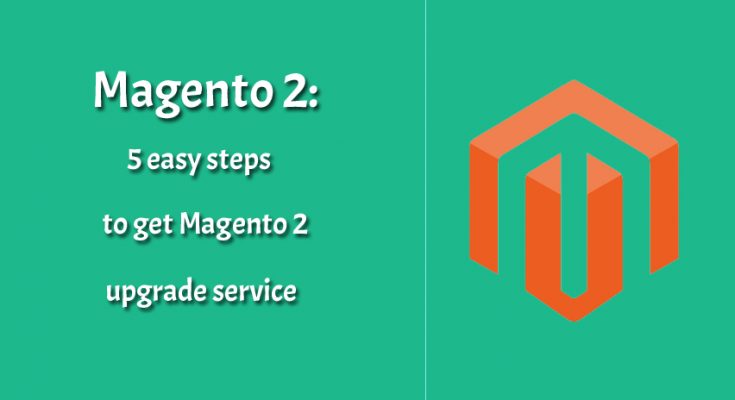What is Magento?
Magento, released on 31st March 2008, is a PHP-built in platform which assists programmers to create an e-commerce platform. According to the research data of Litextension, Magento comes across one of the three leading platforms in which operators migrated, including the likes of Nike, Samsung, etc., except for minor shopkeepers or traders who chose other platforms.
This open-source e-commerce platform has been used to sell more than 155 US billion dollars worth of products till the year 2019. 100000+ e-business websites have been created using this platform.
Features of magneto
Some essential features of Magento are:
- Client account: This includes a shopping cart, address, transaction history, account status, and preferred catalogues.
- Product management: Favourite list, images, inventory, and comment review
- Payments: Payment methods such as PayPal, credit card, Google Checkout, Authorize.net are accepted here. It also supports external payment methods like ePay, eWAY, Cybersource, etc.
- International support: This platform is multilingual
- Category management: Customers can easily sort out and choose products by searching for them using category management services.
- Analyze and report tools: Magento is integrated with google analytics which can easily help out with multiple reports.
- Marketing tools: It also provides marketing tools such as coupons, promotions, etc.
- Inventory management: Clients can see the import, export and stock details using this feature.
Introduction to Magento 2
Magneto 2 was released in 2016 with more advanced features. It has a lot more to offer than its preceding version. With email reminders, advanced SEO features, multiple administrators, enhanced marketing as well as promoting options, Ajax cart extension and unique database, it has become one of the most proficient eCommerce platforms. Magento 1 has stopped getting more updates and security patches since July 2020. Therefore, it is advised for the clients to opt for Magento 2 upgrade service.
5 easy steps to get Magento 2 upgrade service
E-marketing websites need to be updated with the security norms. Otherwise, they can turn out to be the victim of cyber attacks, as well as losing the trust of clients and ultimately ruining their business. One can easily avoid all of this by partaking in Magento 2 upgrade service. Here are five easy steps one needs to follow to upgrade his/her Magento version:
Step 1
The first step would be to back up your existing data. Backing up your existing data should be your primary and major concern to avoid potential data loss. You can store your customer data by utilizing a data backup management system.
Step 2
The next step for Magento 2 upgrade service is turning the maintenance mode on. While your eCommerce website is being upgraded please keep your website on maintenance mode, use the code: php bin/Magento maintenance:enable
It will create a separate file named var/.maintenance.flag. In case you are unable to disable the maintenance mode, please remove the file.
Step 3
Now it is time to upgrade to Magento 2. Download the latest Magento 2 package and enter the terminal common prompt then enter the following command:
composer require Magento/product-community-edition 2.2.1 –no-update
composer update
It can also ask for a username and password, you will have to generate a public or private key separately.
Step4
It is time to remove the cache, open a root folder and enter the following command line and run:
rm -rf var/cache/*
rm -rf var/page_cache/*
rm -rf var/generation/*
If you still have caches like Memcached, Redis cache, etc. remove them manually.
Step5
Now it is time to upgrade the module, use the command:
php bin/Magento setup:upgrade
After the update for better performance run compile and reindex:
php bin/Magento setup:di:compile
php bin/Magento indexer:reindex
Now to turn off the maintenance mode, use the following command:
php bin/Magento maintenance:disable
The last step is to check the current Magento version, use the following command to check for the current Magento version:
php bin/Magento –version
Follow all these steps in perfect order to successfully migrate from Magento 1 to Magento 2 upgrade service and do remember to check your current version after the update is complete.





